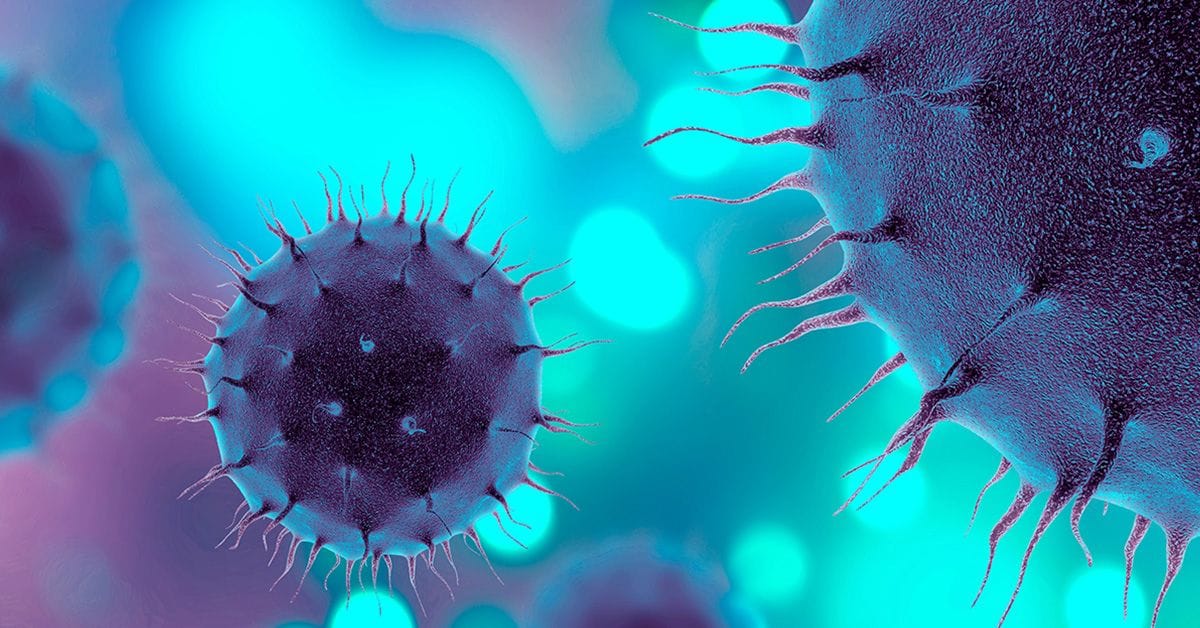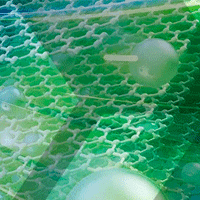The spring meeting of the American Chemical Society (ACS) was held virtually and in person March 26–30, 2023, and featured more than 10,000 presentations on a wide range of science topics. Read on to discover some of the exciting research presented at the meeting.

As we all attempt to return to our normal lives and routines post-pandemic, many of us have heard someone with a cough or sneeze say “don’t worry, it’s not COVID!” But as we assimilate this new pathogen into our endemic population of viral foes, can we continue to draw a distinction between viral respiratory infections—and does it matter?
Yes, say the scientists. While many respiratory illnesses have overlapping symptoms and may be treated in the same way, it is useful to know the exact viruses that might be circulating. For this, we need reliable and low-impact biosensors that are easy to use and deliver high sensitivity and specificity.
Researchers at The University of Texas at Austin, USA, reveal a sensing device from a graphene nanomaterial just one atom thick. This tiny biosensor can simultaneously detect the presence of influenza or coronaviruses much more quickly than conventional tests for either.

Graphene: Explore Recent Advances & Applications
This works by anchoring antibodies against each virus to the graphene. When an infected sample is placed on the sensor, the antibodies bind to their target proteins, prompting a change in the electrical current. Not only does this prototype sensor quickly detect the presence of the proteins, it can do so at extremely low levels, which might enable detection simply from a person’s breath.
"These ultra-thin nanomaterials generally hold the record for best sensitivity, even down to the detection of single atoms, and they can improve the ability to detect very small quantities of basically anything that needs to be sensed, whether it’s bacteria or viruses, in gas or in blood,” says Deji Akinwande, Ph.D., the project's principal investigator. Prof. Akinwande also serves as an Associate Editor for ACS Nano and is an Editorial Advisory Board Member of Nano Letters.
His team has previously put graphene to the test by using a pair of graphene tattoos to monitor blood pressure. The idea is based on electrical bioimpedance, leveraging the tattoos as human bioelectronic interfaces.
Graphene typically has low production costs and causes few hazards to the environment, making it an attractive material to use in biosensing applications. Whether we will see it make the grade for consumer sensors to distinguish between infections remains to be seen.
Explore Related Research from ACS Journals
Applications of Graphene in Five Senses, Nervous System, and Artificial Muscles
Jinbo Pang, Songang Peng, Chongyang Hou, Hongbin Zhao, Yingju Fan, Chen Ye, Nuo Zhang, Ting Wang, Yu Cao, Weijia Zhou, Ding Sun, Kai Wang, Mark H. Rümmeli, Hong Liu, and Gianaurelio Cuniberti
Single-Stranded Deoxyribonucleic Acid Bonded to Sub-Percolated Gold Films on Monolayer Graphene Field-Effect Transistors as Coronavirus Ribonucleic Acid Sensors
Nicholas E. Fuhr, Mohamed Azize, and David J. Bishop
Reduced Graphene Oxide-Based Field Effect Transistor Biosensors for High-Sensitivity miRNA21 Detection
Bingjie Cai, Zunen Xia, Jiaying Wang, Sihong Wu, and Xin Jin